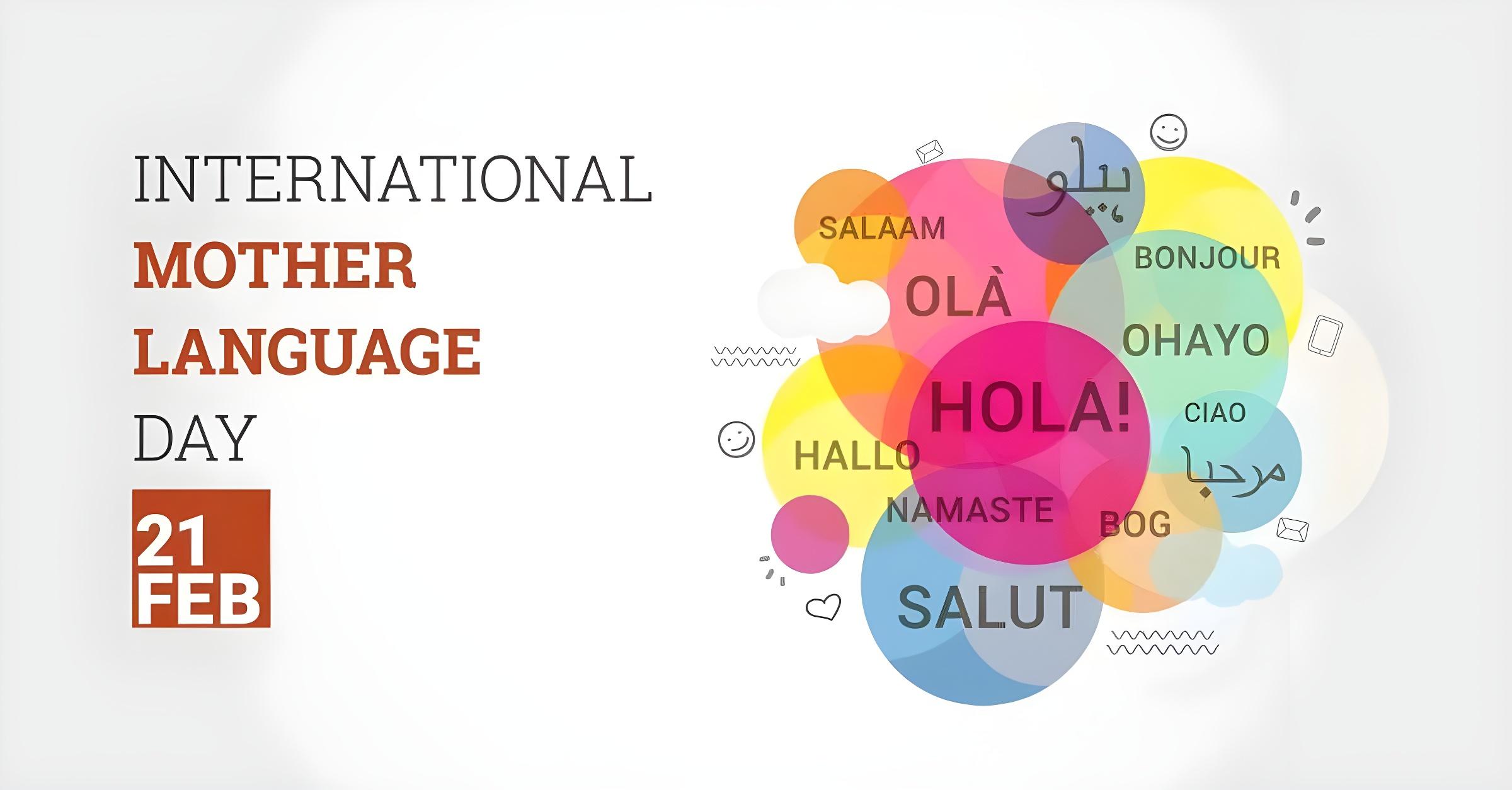With a language disappearing every two weeks, the fight to preserve linguistic heritage has never been more critical. On the 25th International Mother Language Day, Pakistan takes a bold step by inaugurating its first-ever Literary Museum of Pakistani Languages, alongside the 10th annual Pakistan Mother Languages Literature Festival in Islamabad.
The museum, showcasing scripts, literature, and artifacts from over 74 indigenous languages, aims to document, revive, and celebrate Pakistan’s rich linguistic diversity. This milestone aligns with UNESCO’s mission to protect languages at risk, as nearly 40% of the world’s 8,000 languages face extinction.
Global Efforts and UNESCO’s Call to Action
Since 1999, UNESCO has championed multilingualism, urging nations to safeguard their linguistic heritage. Some key global facts:
- More than 40% of languages worldwide are endangered.
- Only 23 languages account for half of the world’s population, while thousands are spoken by small communities.
- Papua New Guinea has the highest linguistic diversity, with over 840 languages spoken.
Pakistan’s Linguistic Tapestry: A Heritage at Risk
Despite being home to 79 spoken languages, Pakistan is witnessing a decline in many of its mother tongues due to globalization, urbanization, and lack of formal recognition. Some key linguistic facts about Pakistan include:
- Punjabi (37%) is the most spoken language, yet it is not formally taught beyond primary levels.
- Urdu, the national language, is the first language of only 7% of Pakistanis, yet it serves as the unifying medium of communication.
- Pashto (18%), Sindhi (14.5%), and Saraiki (12%) are widely spoken, but many other regional languages are struggling.
- More than 28 indigenous languages in Pakistan are critically endangered, including Domaaki, Ushojo, and Gowro.
- Burushaski, spoken in Gilgit-Baltistan, is a linguistic mystery, as it has no known relatives.
- Brahui, spoken in Balochistan, is one of the only Dravidian languages outside South India.
Experts warn that language loss means losing centuries-old oral traditions, folklore, and cultural identities. Former Indus Culture Forum head Munawar Hasan stressed that digital media and globalization are accelerating the decline of lesser-known languages:
“UNESCO recognized every language as a cultural asset, leading to the establishment of International Mother Language Day in 1999. Without proactive efforts, we risk erasing entire histories.”
A Step Toward Preservation
The newly inaugurated Literary Museum of Pakistani Languages is a groundbreaking initiative to digitally document endangered languages, ensuring they remain accessible for future generations. Additionally, Pakistan’s 10th annual three-day festival will feature:
- Workshops and discussions on indigenous language preservation.
- Exhibitions showcasing historical manuscripts and linguistic artifacts.
- Cultural performances and storytelling sessions from various linguistic communities.
Dr. Najiba Arif, Chairperson of the Academy of Literature, emphasized the evolving role of mother tongues:
“A mother language can be historical or environmental. While Urdu connects Pakistan, many indigenous languages are fading, and we must act now to protect them.”
With initiatives like Pakistan’s Literary Museum and the Mother Languages Festival, the country is taking crucial steps toward preserving its rich linguistic heritage. Through education, policy reforms, and digital documentation, these efforts ensure that Pakistan’s diverse languages continue to thrive for generations to come.


